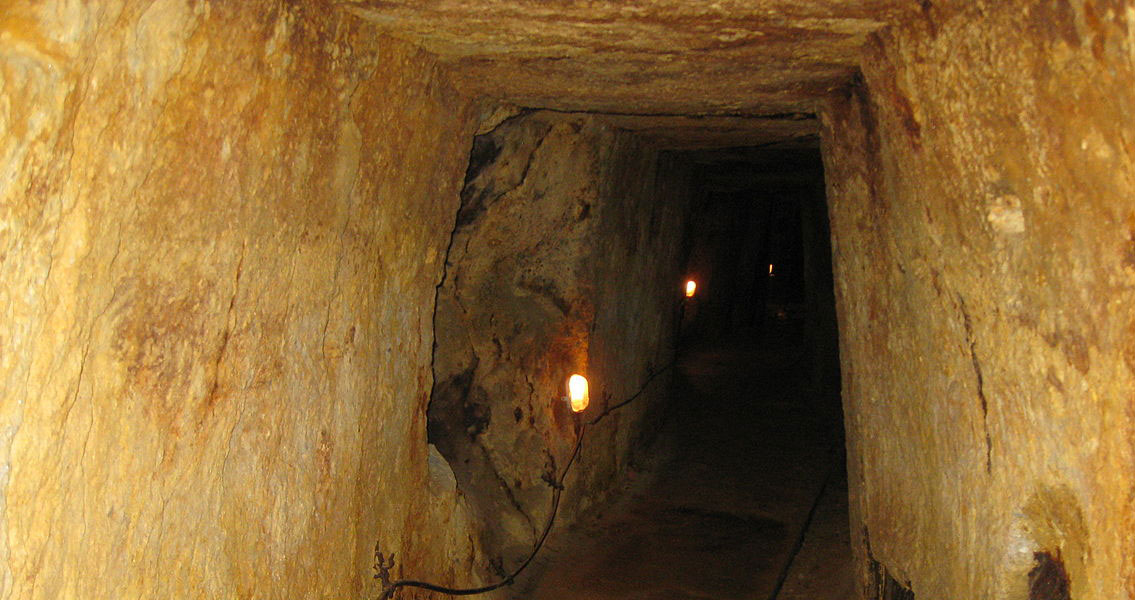<![CDATA[The search for 'Las Médulas', an ancient Roman goldmine in León, has been going on for years. Now, thanks to a laser system attached to an aircraft, the mine has finally been found. This presents scientists with a unique opportunity to study the complex hydraulic system the Romans used in the first century BCE. The findings are published in the Journal of Archaeological Science by scientists Javier Fernandez-Lozano, Gabriel Gutiirrez-Alonso and Miguel Fernandez-Moran, from the University of Salamanca. The Romans' hydraulic system was actually based on one from an even older civilisation: the ancient Egyptians. Historians knew about the system through texts written by Pliny the Elder, the Roman procurator that oversaw mining in Spain. The team of scientists were shocked however, to see just how much land was used up by the mine, as it stretches much further into the Eria Valley than previously thought. The hydraulics worked by capturing water from the river in the valley and transporting it to the gold mine. The technology used to discover the ancient mine, LiDAR, (Light Detection and Ranging) is just as impressive. It's comprised of a laser sensor attached to an aircraft or drone. From the air it uses pulsed laser light to scan the ground in conjunction with geo-references supplied by GPS stations. The data LiDAR collects is then converted by software into a cartographic model. LiDAR is better than the use of cameras and other more traditional methods of surveying the ground, as it can capture images of archaeological remains hidden under vegetation and other geographical obstacles. It has grown in importance over the past few years, and a few archaeological breakthroughs have already been made with it, such as the discovery of long lost Cambodian temples, roads and hydraulic systems at the ancient Angkor site. The technology was first developed by NASA in the 1960s, who are currently planning to integrate it into a new 3D forest mapping tool for the International Space Station. The diverse and powerful applications of LiDAR mean it has the potential to become an extremly valuable tool for the archaeological community. The scientists intend to use LiDAR to uncover more secrets about mining during the Roman Empire. They are also looking to solve the great mystery of why the Romans abandoned such a resourceful place. Image courtesy of: Codrinb ]]>
Scientists Use Lasers to Find Roman Gold Mine
